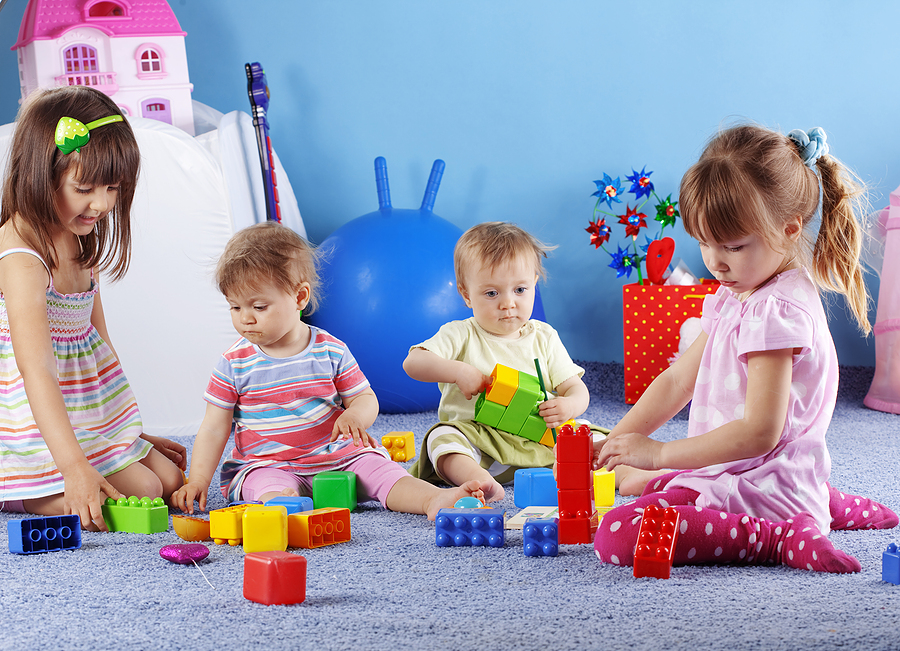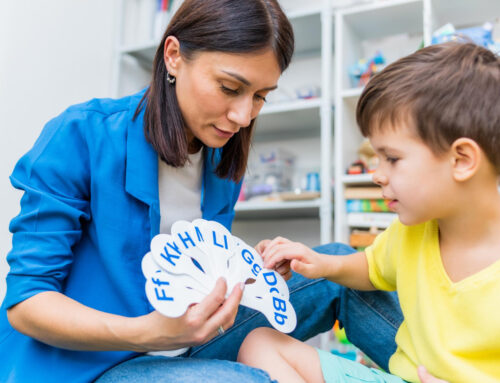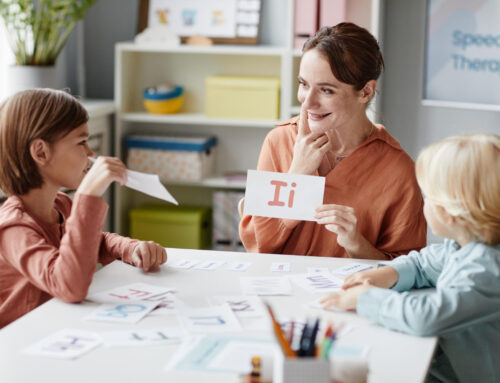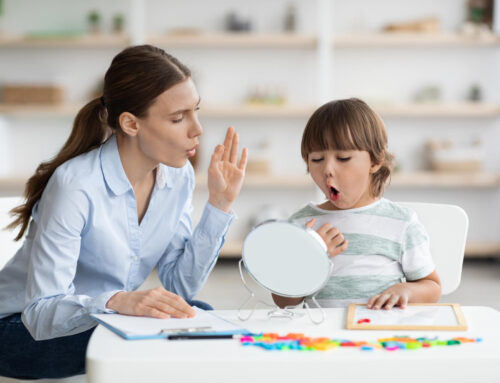
Let’s put this into context: you are the parent or guardian of a young child who is need of early intervention services. You have already been through the run-down including the first consultation as well as the standardized assessments. The early intervention program has determined that your child qualifies for occupational therapy, its interventions in which will take place in your own home. The first treatment day approaches and your new OT arrives at the door. You’ve cleared some space in the living room, and you introduce your kiddo to the OT. The next thing you know, the OT pulls out a massive duffle bag only to reveal a collection of common toys inside (some toys in which maybe your child already owns).
After being exposed to the therapist’s so-called bag of tricks, several thoughts and maybe verbalized opinions surface: What the heck am I paying for? How is bringing a bunch of toys in my house therapy? If I knew therapy was going to be about giving my child toys, I should just do it myself! Am I completely wasting my time with this? Fortunately, these questions are not new for most pediatric OTs. Therapy sessions with young children, toddlers, and/or infants will very much look like a play date to the untrained eye. Here are a few bullet points explaining why this “play date” is in fact therapy, and included in these bullet points are some tips on how to view these therapy sessions from the point-of-view of an OT:
- “Play” is a child’s primary occupation: By occupation, OTs mean tasks or activities that are meaningful to the client. In the case of a young child, participating in play is the most common occupation because it is the most relevant. Unlike adults, children are not expected to hold down a job, attend higher education schools, run a household, or go on daily errands. Their focuses include playing, eating, completing basic living tasks (toileting, dressing, bathing), and social participation. Bringing toys to a session is merely a method for getting the child to participate in age-appropriate play.
- Toys are comfortable for the child: Because play is a normal activity for children, introducing toys into the session provides most children comfort. It gives the child and their therapist time to develop some rapport or connection. Therapy sessions will be more effective if the child trusts their therapist and creates a healthy relationship with him or her.
- Toys facilitate developmental milestones: Therapists may use toys to help the child achieve certain developmental milestones. This could include gross motor movement (rolling, crawling, standing, walking, etc.), fine motor movement (sorting blocks, picking up finger food, drawing or coloring, etc.), social interaction skills, and cognitive/behavioral skills. Toys are an excellent motivator for encouraging the child to progress through their milestones and to develop friendships with children their age.
- Toys facilitate appropriate social interaction: Social interaction comes in many forms starting from birth. A baby has a very complex communication with his/her mother in order to have their basic needs met (feeding, diaper change, sleeping, illness, etc.). As children get older, they start to see the benefit in friendships with other kids. Toys facilitate appropriate social interactions and etiquette including sharing toys, imaginary play, simple competitive games, and conversation.
- Each toy is specifically chosen and catered to the child: If your OT is bringing in a bag of toys for your child’s therapy session, there are most likely specific reasons as to why those toys were towed in. Prior to the appointment, the OT needs to review your child’s testing scores, his or her goals for therapy, and where the child sits developmentally. OTs use their trained eye to select toys that are going to best meet the child’s needs. Details may include colors, the weight, buttons, sound effects, the number of pieces involved, the size, etc. Therapists are looking for whether or not the toy will address specific milestone needs: fine motor skills, gross motor skills, social interaction, speech, and social interaction. The OT is also looking ahead to see what toys and methods of play will lead into other tasks that matter such as self-feeding, hand-writing, dressing, toileting, playing with friends, and completing basic house chores.
As a parent, you are always welcome to ask questions about your child’s therapy sessions. OTs are usually more than happy to explain the purpose behind chosen activities for your child.





